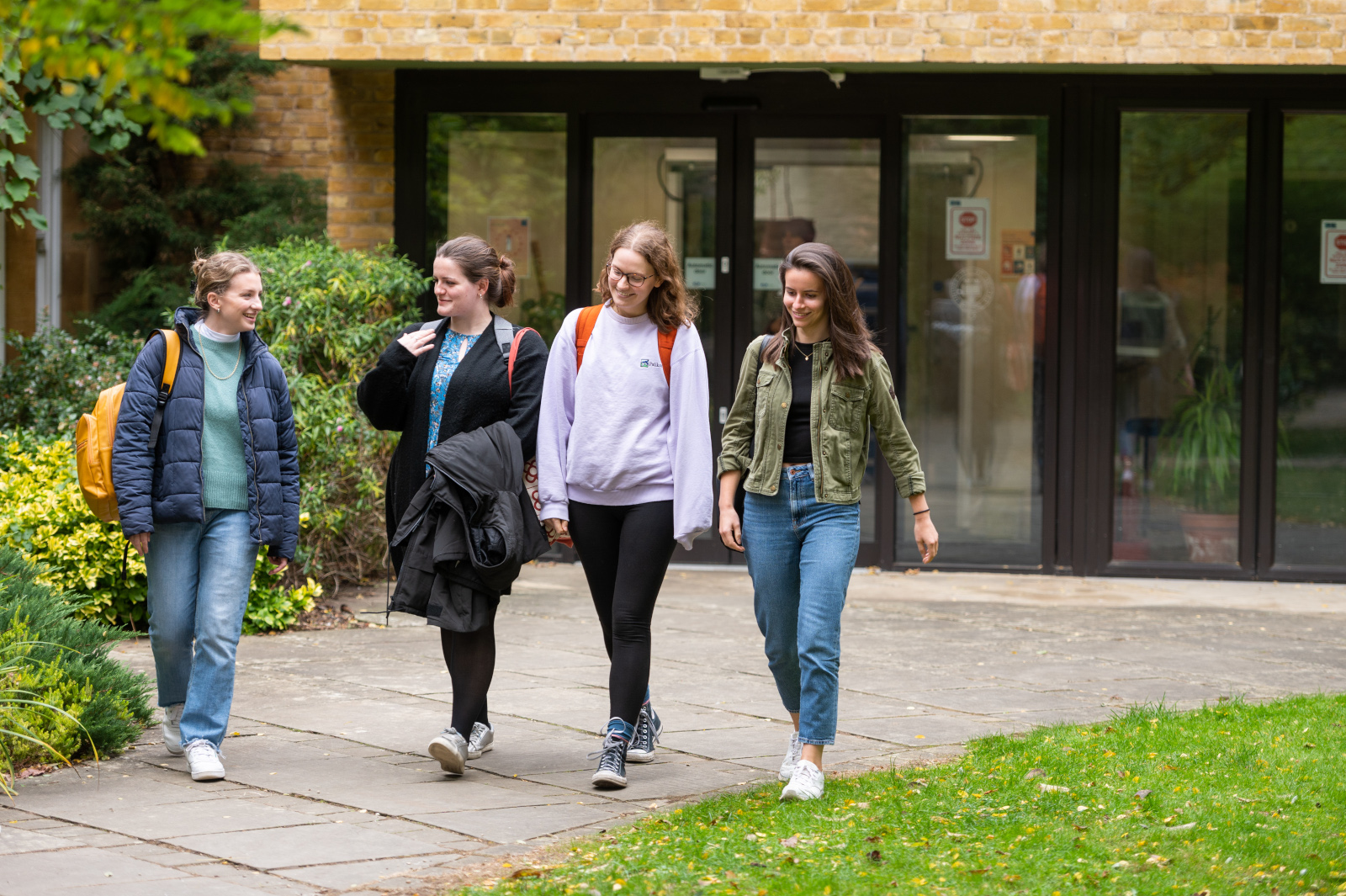Higher education and the pandemic in East and Southeast Asia: Are there models here for the rest of the world?
Export to calendarAbstract
Norzaini Azman, Universiti Kebangsaan Malaysia
Wenqin Shen, Peking University
Aki Yonezawa, Tohoku University
There are striking differences between countries and cultures in the manner in which the pandemic experience has been managed. These differences are associated with variations in the outcomes of the pandemic, and have also had practical consequences for higher education, where again, regulation has differed from country to country.
Compare the tragic passage of Covid-19 in the United States, United Kingdom and parts of Europe with the relatively low death tolls in East and Southeast Asia, where regulation and self-regulation have prevailed. By late July there had been 148,011 Covid-19 related deaths in the US, 44,759 in the UK and 35,112 in Italy. In East Asia the experience has been very different. By late July, only 7 people in Taiwan had died, 27 in Singapore, 124 in Malaysia, 300 in South Korea and 996 in Japan. China’s 4656 deaths were largely concentrated in Hubei province and compare favourably with other very large countries including Brazil (87,618), India (33,425) and the US. In Vietnam, a country of 97.3 million people, larger than any country in Europe, there had been just 300 Covid-19 cases and no deaths.
For the most part, the East and Southeast Asian approach to higher education has been centrally regulated, with whole system shut down, regulation and reopening, and clear demarcation of periods of offline only provision from phases of mixed and online provision. In Europe and the US there has often been local and regional variation, with some institutional leaders expected to carry responsibility for public health decisions. In the market model countries of US and UK, where the state refuses to guarantee the financing of higher education institutions, there is individual push back against social controls, and government often favours early reopening of the economy, institutions find themselves forced to offer face-to-face provision before the pandemic has been eliminated, in order to sustain their enrolment base. This can lead to complex mixed and hybrid provision where participation is expensive to provide yet not fully satisfactory for students, and there are continuing health and financial risks.
Does the East and Southeast Asian experience of the pandemic in higher education, which has played out in distinctive cultural and political contexts in which individual and family understanding of the common good is well developed, have lessons for other parts of the world including Europe, North American and the emerging country systems in South Asia, Latin America and Africa? What is the appropriate government policy for higher education under conditions of a global pandemic? Are there stellar examples of individual institutions’ handling of the pandemic? What are students and faculty saying in East and Southeast Asian countries? How do these systems handle relations between individual freedoms and social protection, the economy and public health, higher education responsibility and financial sustainability, and mobility/presence and online connectivity in learning?





